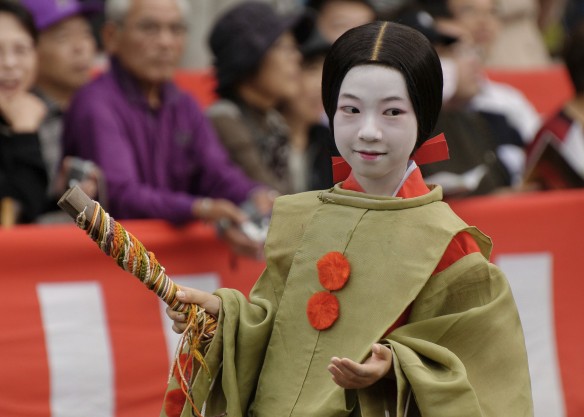One of the strangest experiences as a traveler is to visit a place that later vanishes. I’ve visited two countries that no longer exist: West Germany and Czechoslovakia.
Uwe and I once stood on a part of the summit at Mount Etna on Sicily. A few months later a flow of erupting lava buried the very spot where we’d stood. It’s in the nature of Nature to be transitory. Nothing lasts forever.
Maybe that’s why Sicilians pray when they drive by spots where the lava flow stopped just short of towns. Every single time an Italian car passes, the driver makes the sign of the Cross. I laughed – but they sure know something about life’s fragility.
Some changes are somber. In 2009, before Myanmar briefly opened up to the world, Uwe and I spent a month exploring the country. Once known as Burma, Myanmar was closed off to the outside. We needed special permits to be allowed into several places.


We explored spots that seemed to have sprung out of fairy tales, like this market in Sittwe.

We took off our shoes to enter temples.

Those areas of Myanmar are shut tight again. It feels like a book of fairy tales that has been closed and locked away. All the mysterious creatures can’t be seen anymore. But the ogres and demons and the special people with their magic remain…





When places vanish from our consciousness, they aren’t really gone. Sometimes, they are simply hidden.
As you drive past the spot where they were once visible, be sure to make a sign to ward off bad fortune. And make sure you acknowledge the spirits now unseen…. but very much still there.

NOTES: © Jadi Campbell 2021. All photos © Uwe Hartmann. To see Uwe’s photos from our trips go to viewpics.de.
Click here for my author page to learn more about me and purchase my books.





 We tried to see some of the incredible nature, too. My personal highlight was Sarawak on Borneo. We went to the UNESCO global geopark on Langkawi Island and took a bus inland to the tea country of the Cameron Highlands.
We tried to see some of the incredible nature, too. My personal highlight was Sarawak on Borneo. We went to the UNESCO global geopark on Langkawi Island and took a bus inland to the tea country of the Cameron Highlands.



 We explored many of them and I was delighted and calmed by the sweet atmosphere in these roads. The world feels more and more divided. But the Malaysians we talked with are proud of the religious tolerance and multicultural blend that makes up their country.
We explored many of them and I was delighted and calmed by the sweet atmosphere in these roads. The world feels more and more divided. But the Malaysians we talked with are proud of the religious tolerance and multicultural blend that makes up their country.


 And that’s a concept I’ll gladly raise a glass of wine to….
And that’s a concept I’ll gladly raise a glass of wine to…. NOTES: © Jadi Campbell 2019. All photos © Uwe Hartmann. To see more of Uwe’s pics from Malaysia and our trips go to
NOTES: © Jadi Campbell 2019. All photos © Uwe Hartmann. To see more of Uwe’s pics from Malaysia and our trips go to 









 The Virupaksha temple was a pyramid topped with a spire and a red flag. Impressive from a distance, up close the temple was gargantuan. It towered a hundred and fifty feet above their heads.
The Virupaksha temple was a pyramid topped with a spire and a red flag. Impressive from a distance, up close the temple was gargantuan. It towered a hundred and fifty feet above their heads. “Tonight this chariot will carry the god Shiva to the river for the Nandi Purnima,” Nupur informed them. “It’s a Nandi full moon. Nandi’s the bull who attends Shiva, so this is extra auspicious.”
“Tonight this chariot will carry the god Shiva to the river for the Nandi Purnima,” Nupur informed them. “It’s a Nandi full moon. Nandi’s the bull who attends Shiva, so this is extra auspicious.”